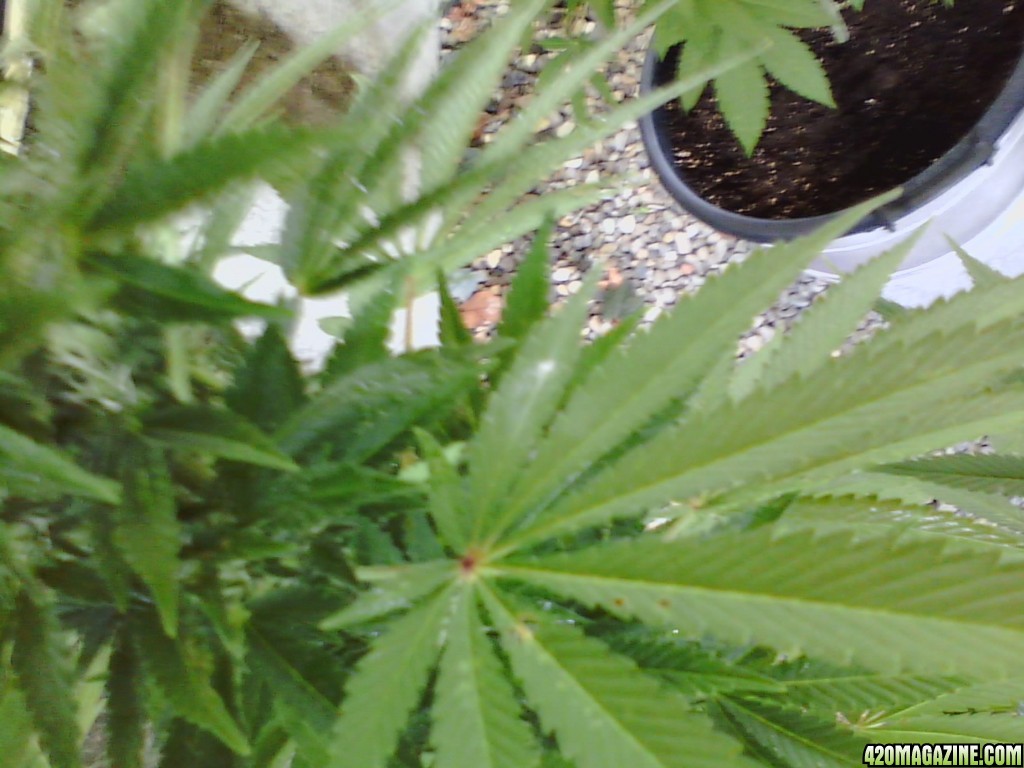Re: Urgent mold problem!!!!
pointless my friend. this will end powder mold for sure =)
SNS 244 Fungicide Spray | Sierra Natural Science
i'm also making a new thread for this problem because i think it deserves it (but this shall remain the "main" thread)
pointless my friend. this will end powder mold for sure =)
SNS 244 Fungicide Spray | Sierra Natural Science





 (i always like the strong approach you know)
(i always like the strong approach you know)